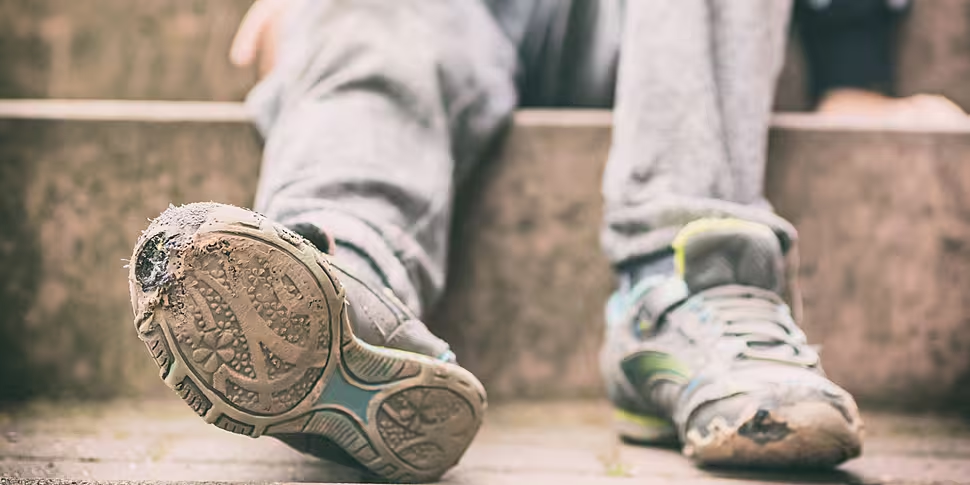Nearly 30,000 more children are experiencing material deprivation since 2022, a new report has found.
The ESRI says the share of people under-18 in households unable to afford two or more essential items from a list of 10 rose from 17.7% in 2022 to 20.1% in 2023.
It suggests 230,000 children are estimated to be experiencing material deprivation as inflation erodes real incomes.
The ESRI says the Government should introduce a second tier of child benefit to target those most in-need.
Co-author of the report Dr Barra Roantree told Newstalk Breakfast the essentials range from clothes to food.
"One-fifth of children are in households where people say they cannot afford two or more items of 10 essentials.
"These are things like having a warm coat in winter, having two pairs of shoes, being able to have a roast joint of meat or vegetarian equivalent once a week.
"These are measures that we really think are about, not being able to live up to the standard of living that we might think is really essential in today's world."
Inflation
Dr Roantree said inflation has hit families with children harder.
"It's really driven by that that large jump in inflation that we saw after the invasion of Ukraine - firstly in terms of energy prices and then feeding into other things like food and other essentials.
"That seems to be affecting households with children more.
"Their incomes have fallen, in the lastest year data, by 3% whereas that's kind of offset a little bit for those older age groups.
"It's not because the pension might be keeping up or [from] investment income.
"It actually seems that since the pandemic, what we have seen is an increase in employment rates for those aged 65-plus."
'Poverty and deprivation'
Dr Roantree said 'more dramatic' measures are needed to tackle child poverty.
"The Government have very ambitious targets about reducing child poverty and deprivation [but] they're not going to be matched unless there's something more dramatic," he said.
"Last year in the report from the same program of research, we had suggested that a second means-tested tier of child benefit could be very effective at that.
"What that would mean essentially is that we keep child benefit as it is for everyone but we also move towards having an additional top-up of child benefit, which only goes to low-income families with kids.
"That would be a way of trying to achieve it."
'Real impact on living standards'
Dr Roantree said there is a "real impact" on living standards among children.
"For the same amount of money that you spend increasing the general [child benefit] by €5 you could do a €5 increase generally, and then a more targeted increase that would really go towards those people who are suffering," he said.
"Ultimately that's down to the budget and Government priorities.
"Our research does suggest that there does seem to be real impact in terms of low living standards among children".
The rise in material deprivation comes amidst a 3% real decline in the average disposable income of households with children.
The report also shows material deprivation fell over the same period from 11.7% to 9.8% for those aged 65-plus.
This group also saw their average real disposable incomes rise by 3%, boosted by a rise in income from work and higher employment rates.
Listen back here:









